Junya Ishigami announced as Serpentine Pavilion 2019 designer

Junya Ishigami has been revealed as the designer of the next Serpentine Pavilion in London, which opens on 20 June 2019. The Japanese architect is the 19th participant to design a temporary summer pavilion for the Serpentine Gallery lawn.
Ishigami, who worked at SANAA before founding his own practice in 2004, is known for his experimental, naturalistic forms inspired by the earth, the elements and nature. His approach – defined by his ‘free space’ philosophy – seeks to recreate the patterns and biological devices of nature within man-made structures.
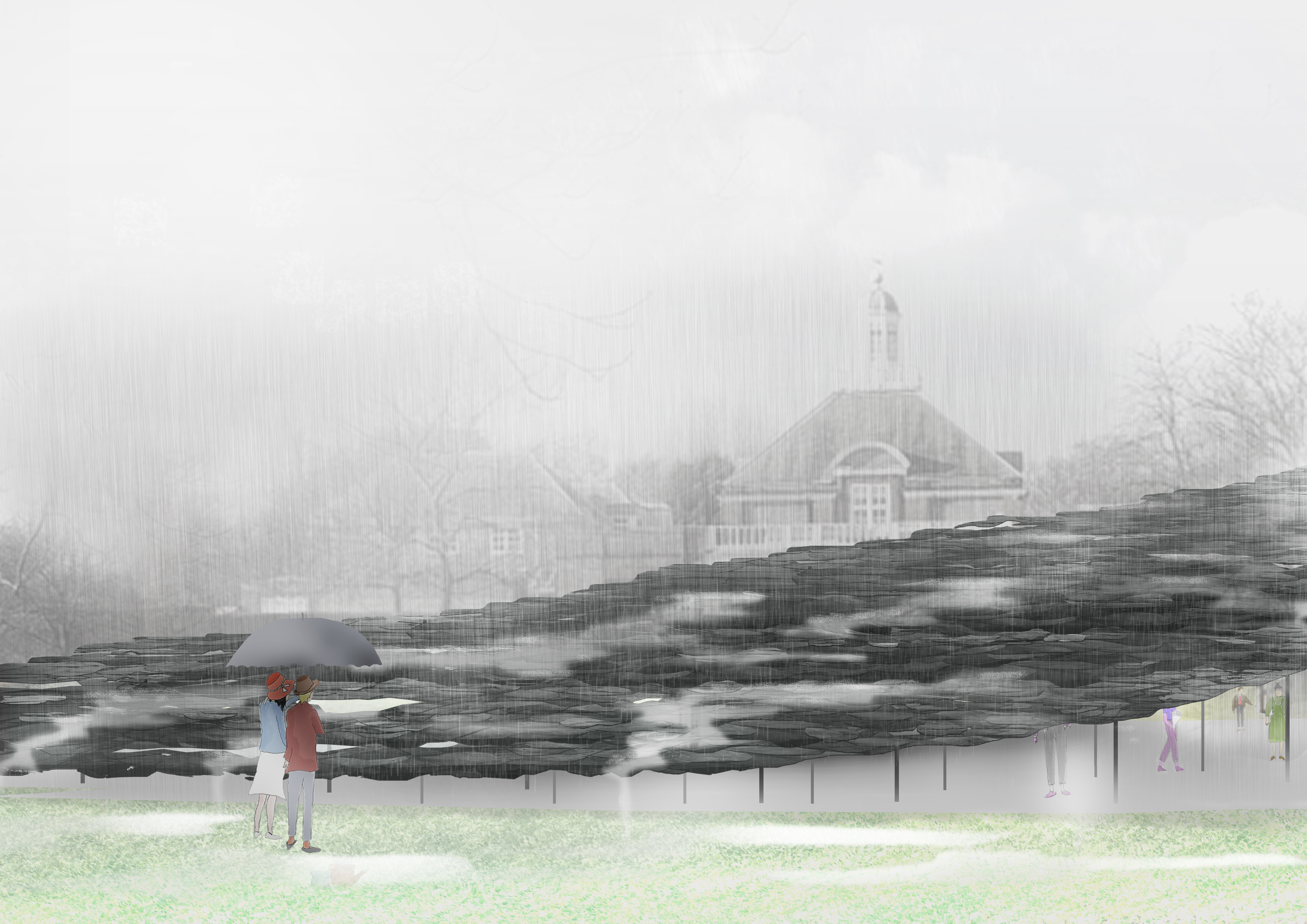
Design render of the exterior of the Serpentine Pavilion 2019.
His Serpentine Pavilion design will emerge from the earth of Kensington Gardens, growing into a roof canopy that shelters a cave-like space beneath it, forming a quiet refuge. The pavilion’s roof made of multiple slates will be the main architectural device. Ishigami was inspired by the integral role that the simple ‘roof' plays in architecture across the world.
Inside, the cave-like space will aim to provide a space for contemplation. Ishigami has previously been inspired by caves, as seen in the manmade recreation of natural erosion in his House/Restaurant in Yamaguchi.
Possessing the weighty presence of slate roofs seen around the world, the cluster of scattered rock levitates like a billowing piece of fabric
Junya Ishigami
‘My design for the Pavilion plays with our perspectives of the built environment against the backdrop of a natural landscape, emphasising a natural and organic feel as though it had grown out of the lawn, and resembling a hill made out of rocks,' Ishigami explains. ‘This is an attempt to supplement traditional architecture with modern methodologies and concepts, to create in this place an expanse of scenery like never seen before. Possessing the weighty presence of slate roofs seen around the world, and simultaneously appearing so light it could blow away in the breeze, the cluster of scattered rock levitates, like a billowing piece of fabric’.
RELATED STORY
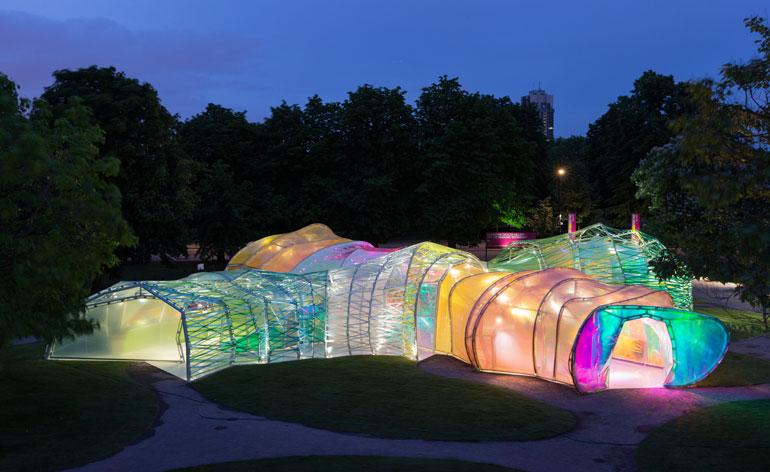
Ishigami’s dream-like creations were the subject of a solo show at the Fondation Cartier pour l’art Contemporain in 2018, which will travel to the Power Station in Shanghai later this year. The exhibition displayed 20 of Ishigami’s past, current and future projects through large-scale models, accompanied by drawings and film, opening up insight into his extremely varied and unconventional works. It will be a joy to have an Ishigami-designed architectural experience in London for the first time. Zaha Hadid was the first architect to design a Serpentine Pavilion in 2000, and ever since, it has been bringing new architects to London who have never previously built in the UK. We have no doubt that Ishigami’s pavilion design will follow the success of the previous couple of years’ pavilions – Frida Escobedo (2018) and Francis Kéré (2017) – which brought with them new approaches to architecture and each opened up unique debates on design. Ishigami was selected by Hans Ulrich Obrist, artistic director of Serpentine Galleries, and Yana Peel, Serpentine Galleries CEO, alongside advisors including David Adjaye and Richard Rogers.

Junya Ishigami’s pavilion design for the Japanese Pavilion at the 2008 Venice Architecture Biennale

Ishigami’s Kanagawa Institute of Technology Workshop in Japan. The ethereal education building, located in Ishigami’s home town, was completed in 2008.

Ishigami’s studio (left) and the construction site of the Yamaguchi House/Restaurant, once the earth had been dug from around the concrete stalactites (right)

Studies for the Yamaguchi House/Restaurant pillars
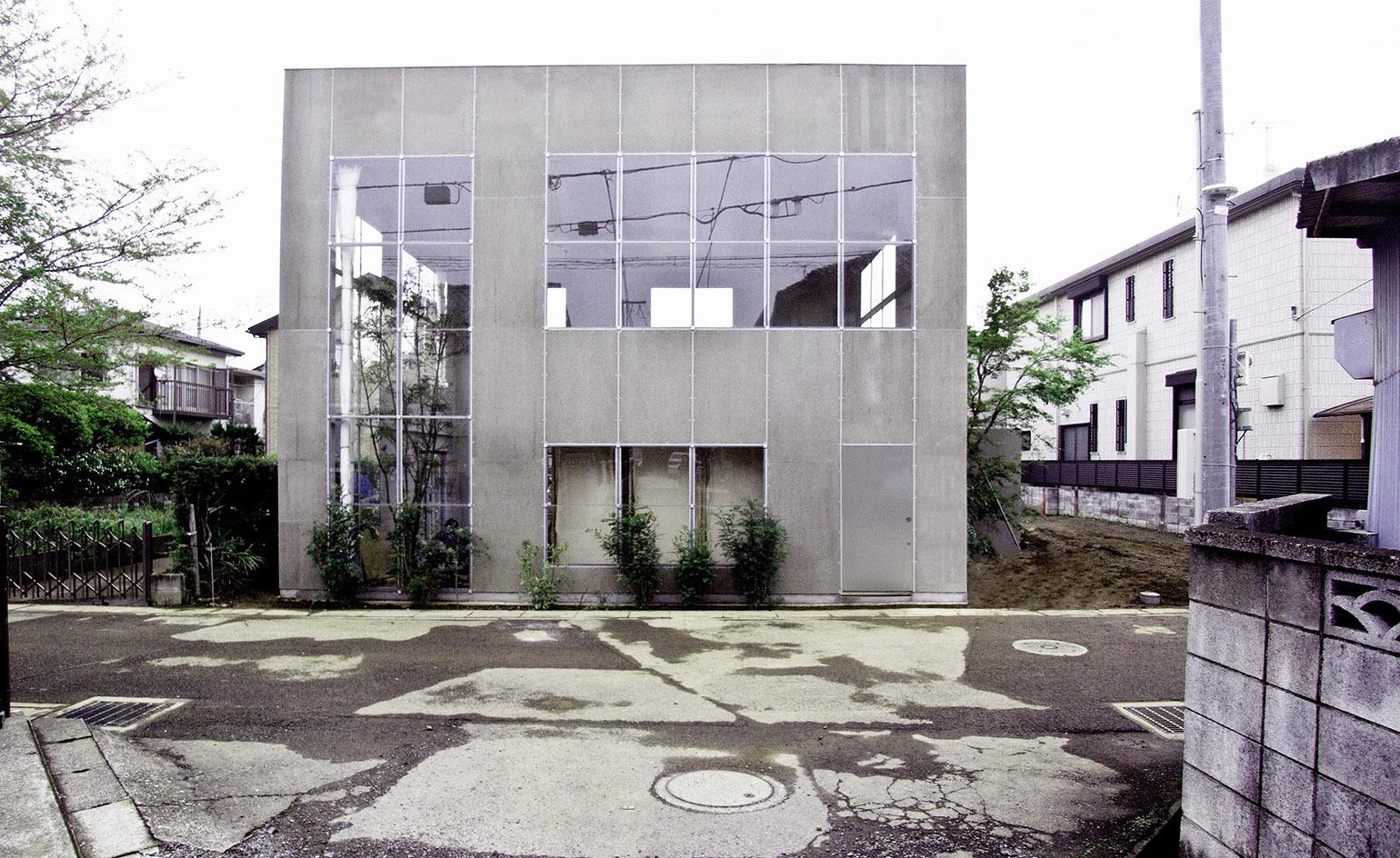
His residential work includes House With Plants, a home for a young couple in Tokyo, pictured here
INFORMATION
The Serpentine Pavillion will be on view from 20 June to 6 October 2019. For more information, visit the Serpentine Galleries website
ADDRESS
Receive our daily digest of inspiration, escapism and design stories from around the world direct to your inbox.
Kensington Gardens
London, W2 3XA
Harriet Thorpe is a writer, journalist and editor covering architecture, design and culture, with particular interest in sustainability, 20th-century architecture and community. After studying History of Art at the School of Oriental and African Studies (SOAS) and Journalism at City University in London, she developed her interest in architecture working at Wallpaper* magazine and today contributes to Wallpaper*, The World of Interiors and Icon magazine, amongst other titles. She is author of The Sustainable City (2022, Hoxton Mini Press), a book about sustainable architecture in London, and the Modern Cambridge Map (2023, Blue Crow Media), a map of 20th-century architecture in Cambridge, the city where she grew up.
-
 Carolyn Bessette Kennedy and Maria Callas inspire Max Mara Atelier’s ‘determined and dynamic’ winter collection
Carolyn Bessette Kennedy and Maria Callas inspire Max Mara Atelier’s ‘determined and dynamic’ winter collectionThe house’s couture line is dedicated every season to a single garment – the coat. Here, designer Laura Lusuardi talks Wallpaper* through the collection
-
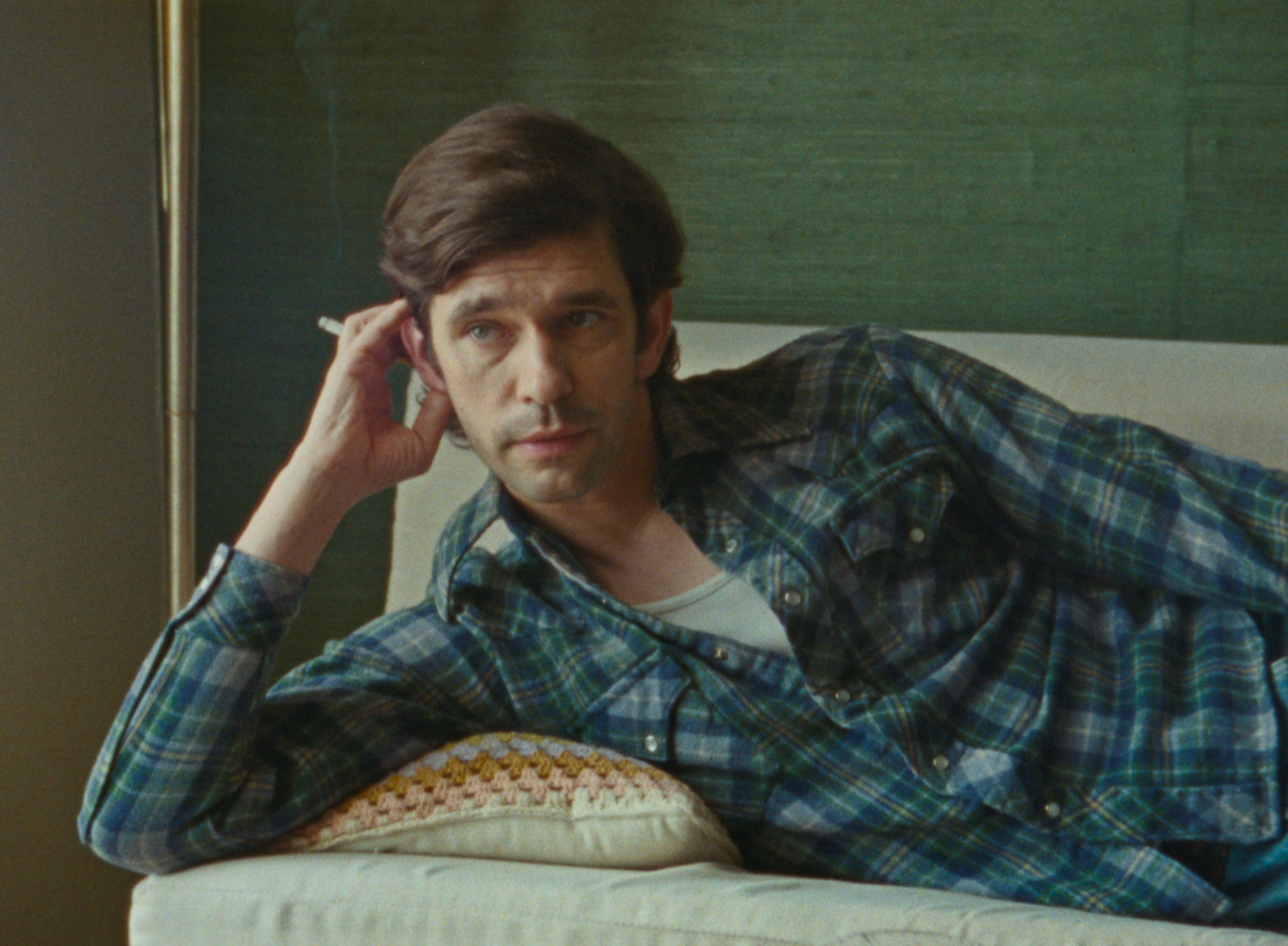 Can the film 'Peter Hujar's Day' capture the essence of the elusive artist?
Can the film 'Peter Hujar's Day' capture the essence of the elusive artist?Filmmaker Ira Sachs and actor Ben Whishaw bring Peter Hujar back to the front of the cultural consciousness
-
 New tech dedicated to home health, personal wellness and mapping your metrics
New tech dedicated to home health, personal wellness and mapping your metricsWe round up the latest offerings in the smart health scene, from trackers for every conceivable metric from sugar to sleep, through to therapeutic furniture and ultra intelligent toothbrushes
-
 A life’s work: Hans Ulrich Obrist on art, meaning and being driven
A life’s work: Hans Ulrich Obrist on art, meaning and being drivenAs the curator, critic and artistic director of Serpentine Galleries publishes his memoir, ‘Life in Progress’, he tells us what gets him out of bed in the morning
-
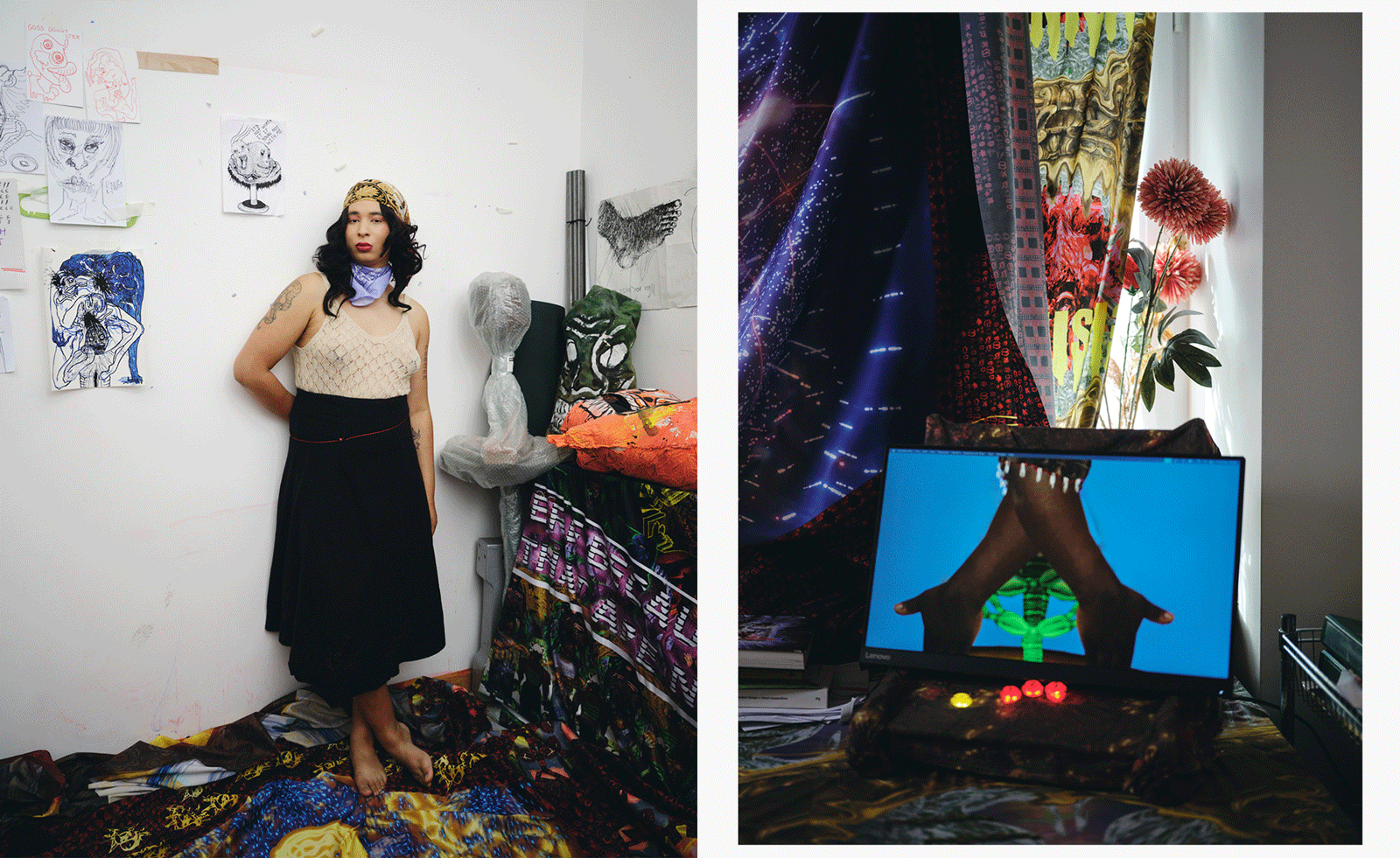 Danielle Brathwaite-Shirley’s multiplayer experience at London’s Serpentine invites visitors to connect in the real world
Danielle Brathwaite-Shirley’s multiplayer experience at London’s Serpentine invites visitors to connect in the real worldDanielle Brathwaite-Shirley rethinks a typical art gallery visit with a new exhibition at Serpentine which encourages viewers to get off the screen
-
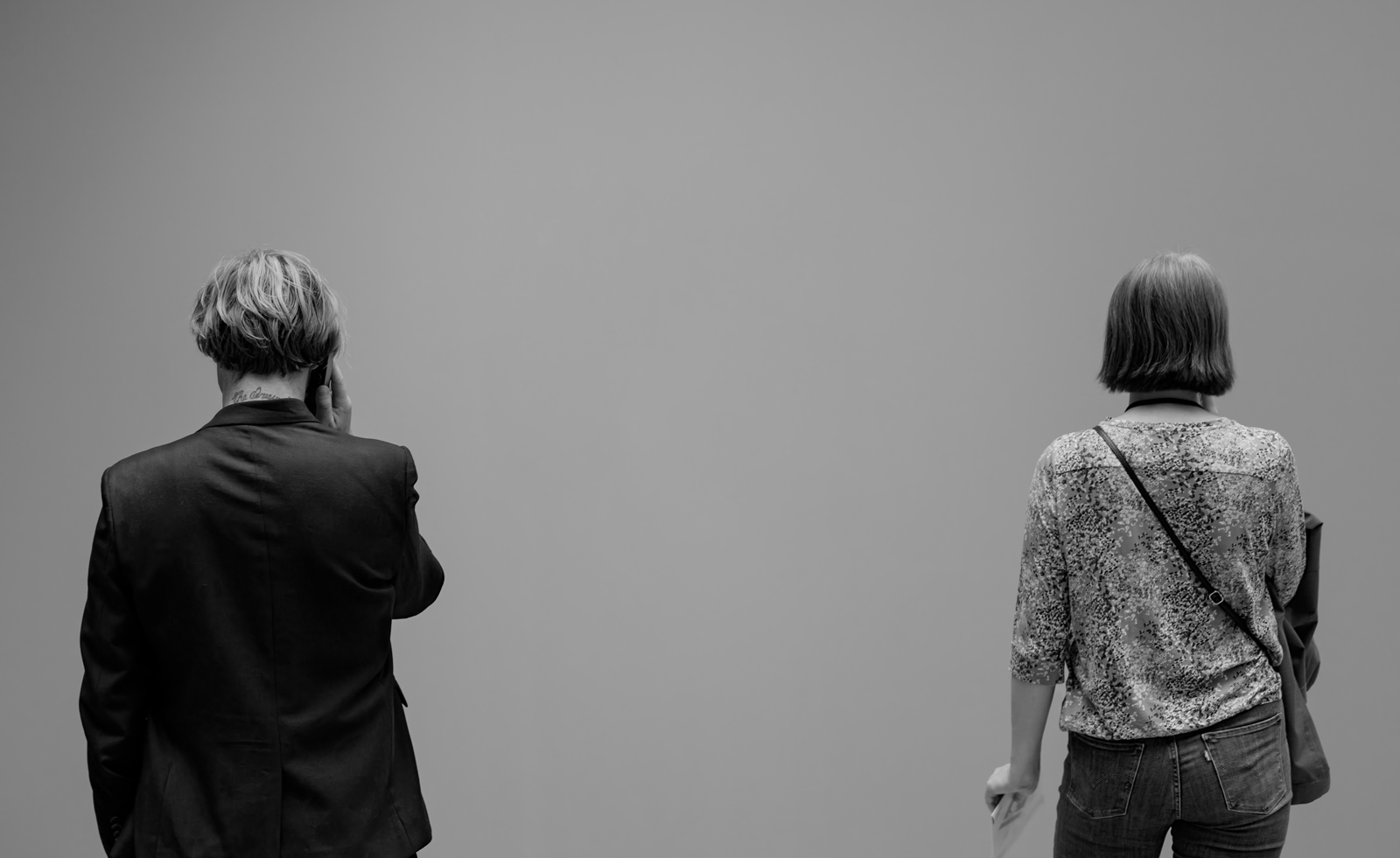 Looking at people looking at art: inside the mind of a gallery attendant
Looking at people looking at art: inside the mind of a gallery attendantVisitor experience workers at London’s Tate Modern, Serpentine, Barbican and V&A share what it’s like to watch people looking at art during a time of changing attention spans and rising vandalism
-
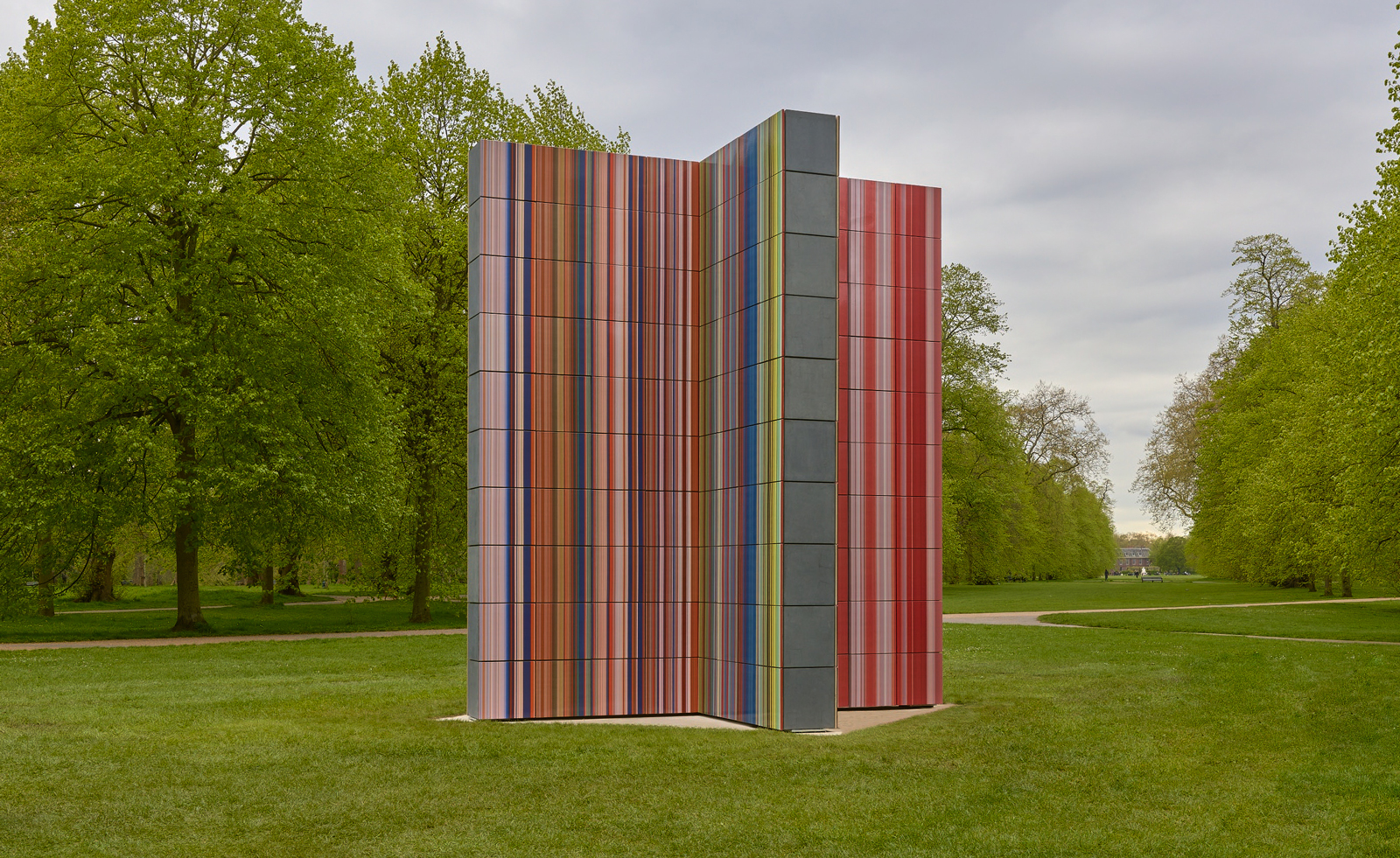 Gerhard Richter unveils new sculpture at Serpentine South
Gerhard Richter unveils new sculpture at Serpentine SouthGerhard Richter revisits themes of pattern and repetition in ‘Strip-Tower’ at London’s Serpentine South
-
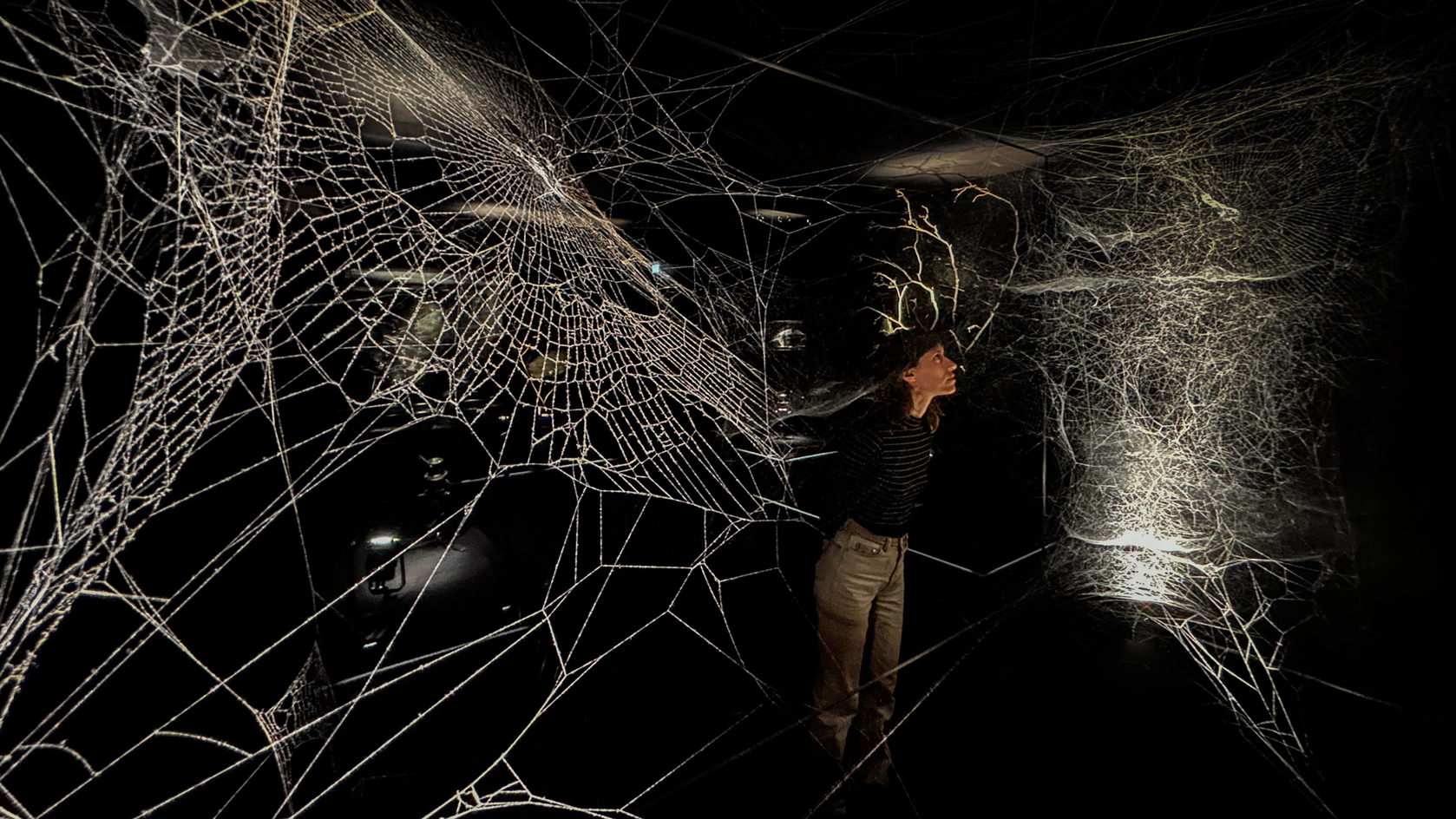 Tomás Saraceno’s spider-led show at Serpentine has legs, and lots of them
Tomás Saraceno’s spider-led show at Serpentine has legs, and lots of them‘Web(s) of Life’, the first major UK show by Tomás Saraceno, is a living, collaborative and multi-species call to climate action involving everything from dog-friendly sculptures to ‘spider diviners’ – but no phones allowed
-
 Steve McQueen to screen his harrowing film 'Grenfell' at London’s Serpentine
Steve McQueen to screen his harrowing film 'Grenfell' at London’s SerpentineAcclaimed film director and artist Steve McQueen will screen his film, Grenfell, at London’s Serpentine South gallery (7 April-10 May 2023), six years after the Grenfell Tower block blaze killed 72
-
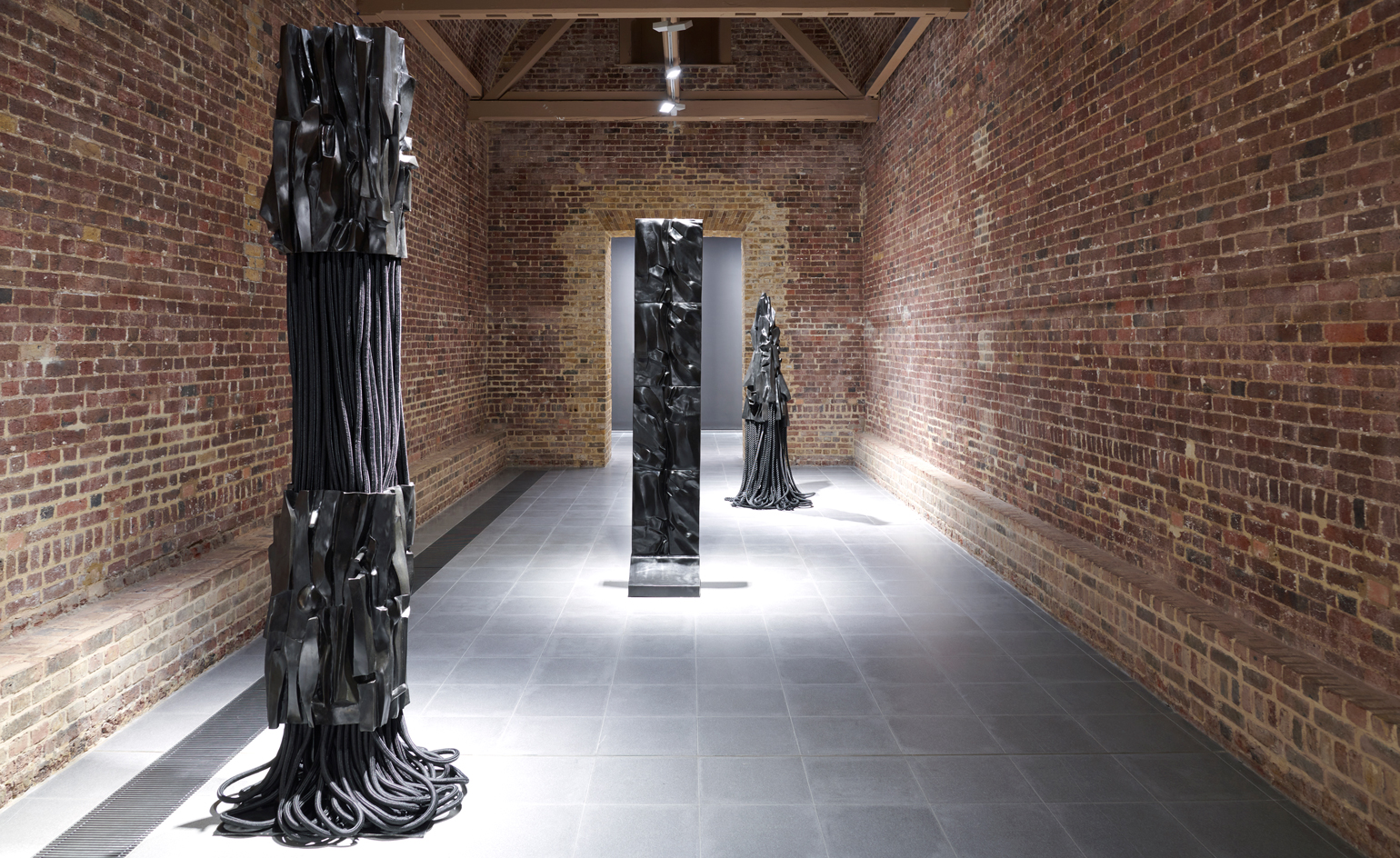 Barbara Chase-Riboud at Serpentine: alternative monuments, parallel histories
Barbara Chase-Riboud at Serpentine: alternative monuments, parallel histories‘Infinite Folds’ at Serpentine North Gallery celebrates Barbara Chase-Riboud, the American artist, novelist and poet who has spent more than seven decades pondering history, memory, and the public monument
-
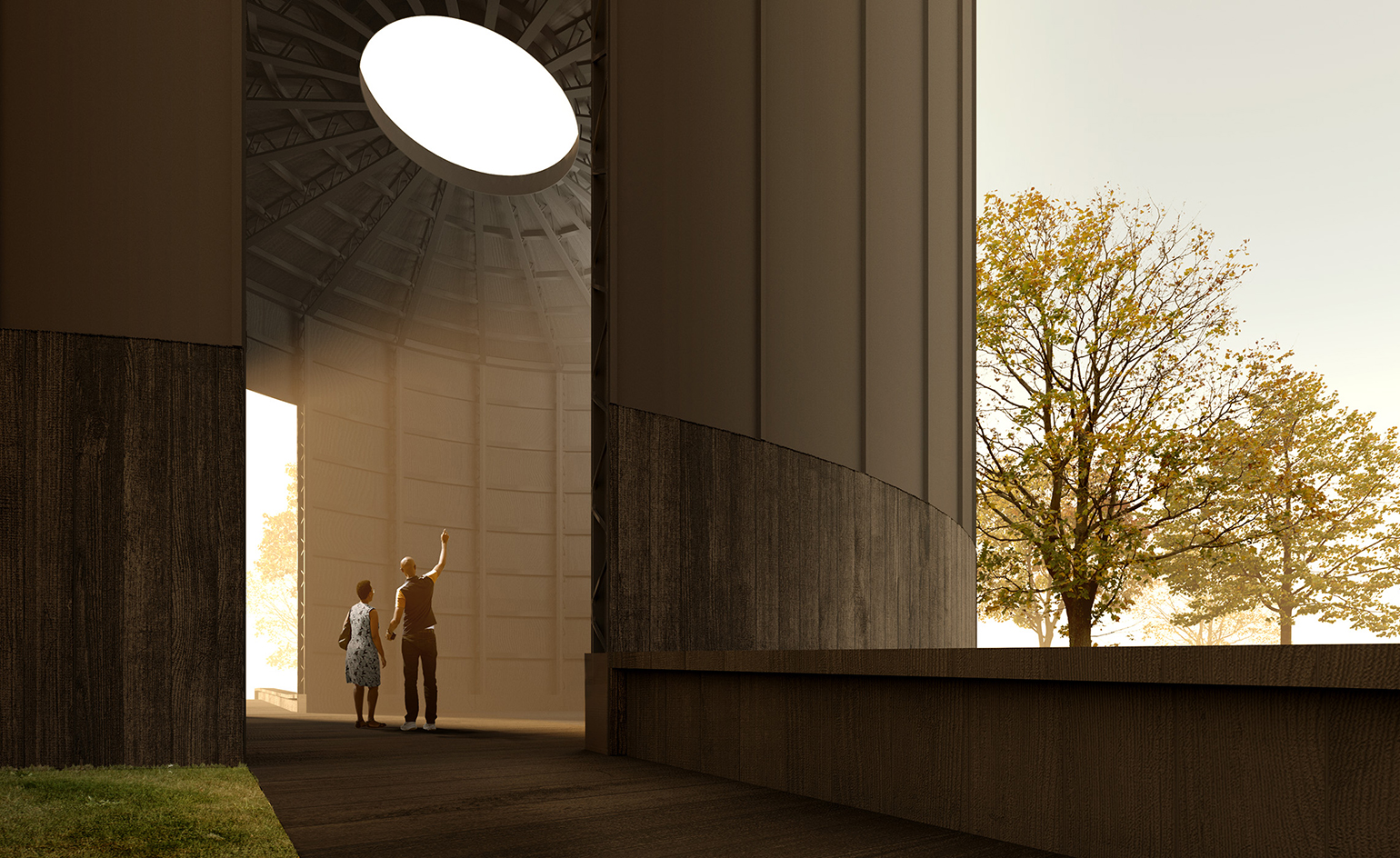 Theaster Gates’ design for Serpentine Pavilion 2022 revealed
Theaster Gates’ design for Serpentine Pavilion 2022 revealedThe American artist and urban planner reveals his plans for the Serpentine Pavilion 2022. Black Chapel has spirituality, music and community at its heart